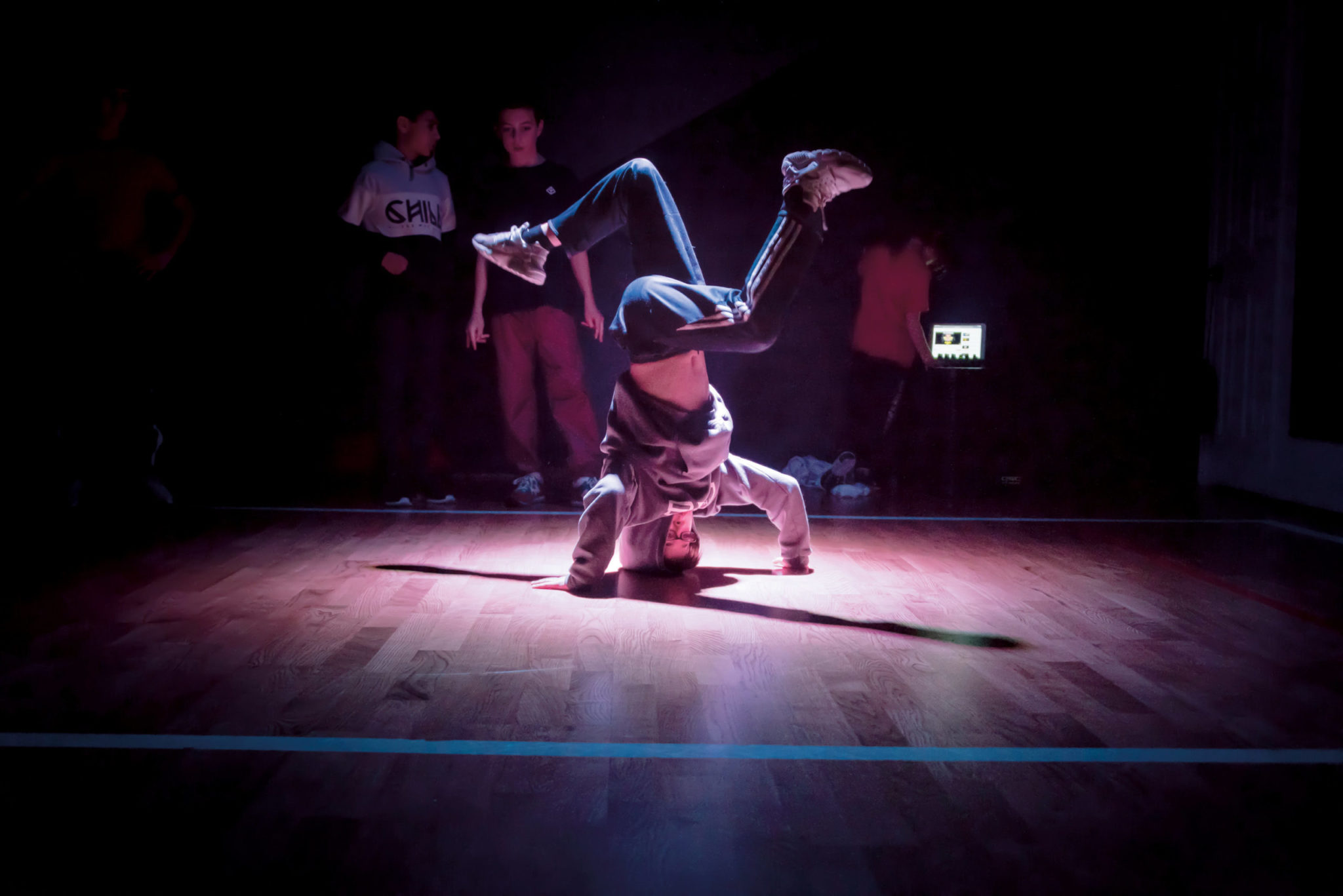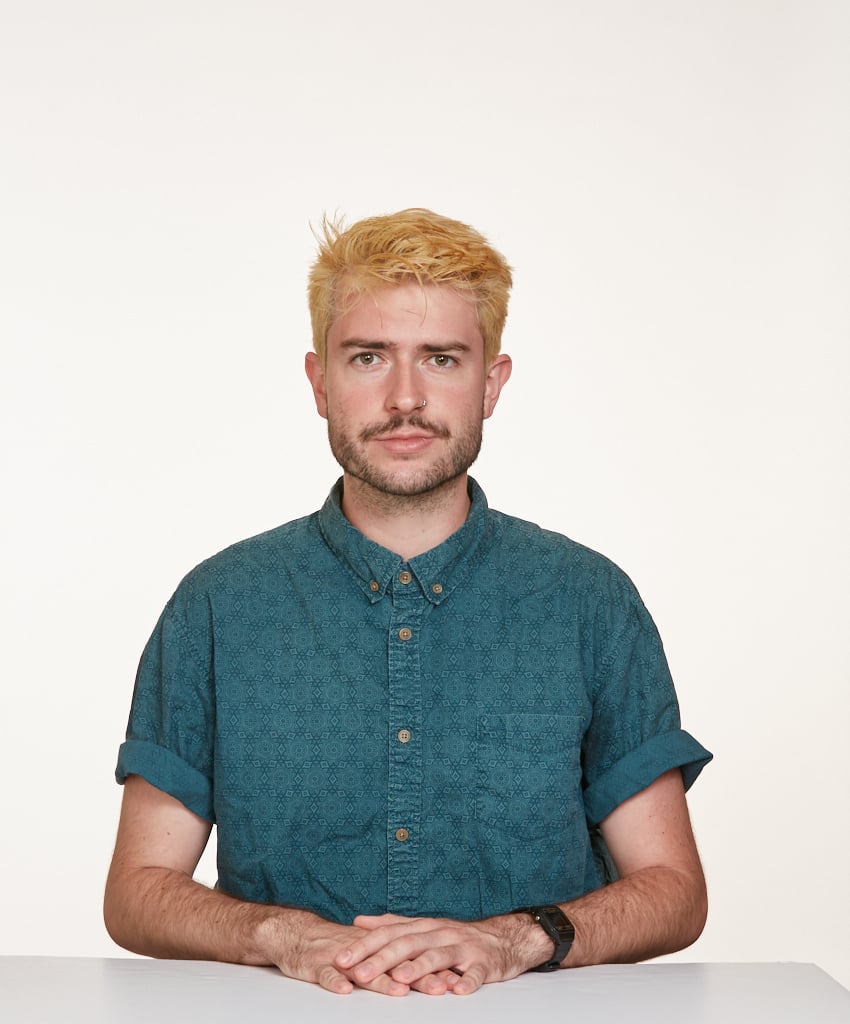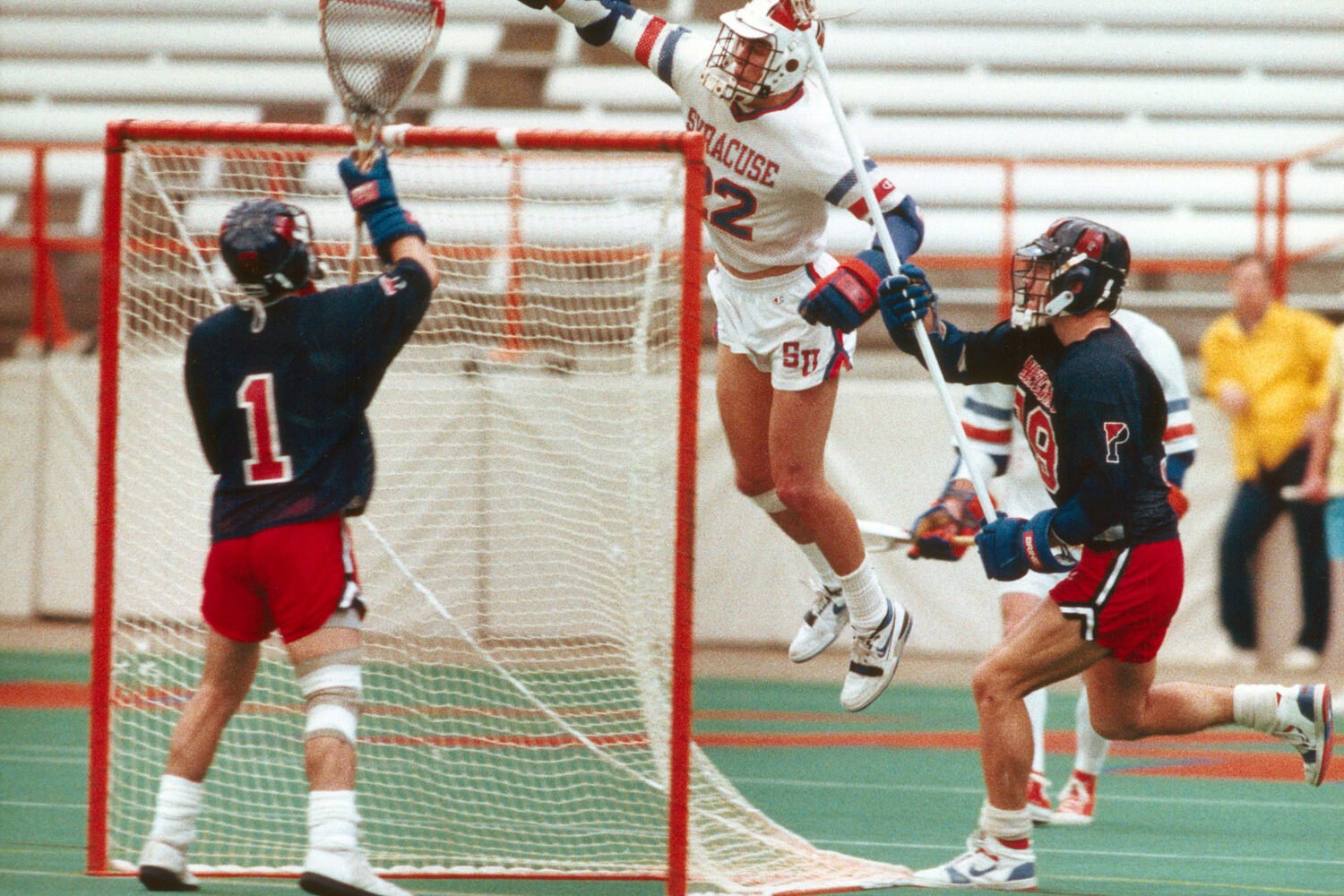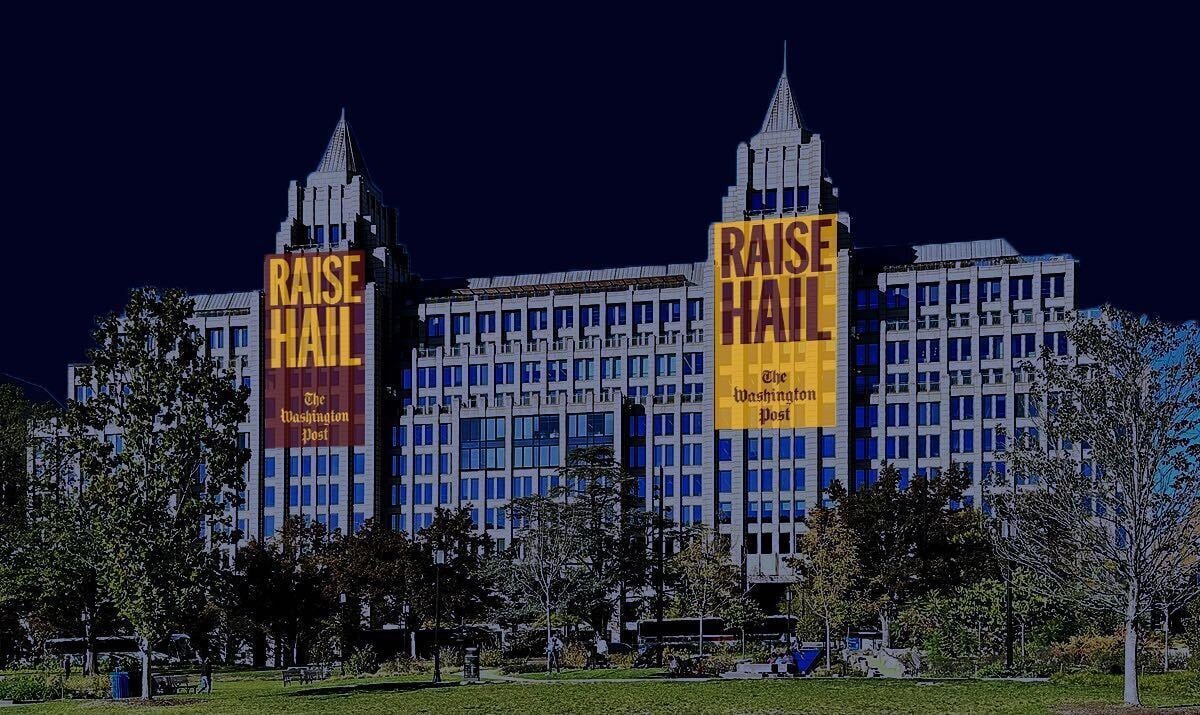The room is mostly dark, with a single light shining on a taped-off square space in the hardwood floor. Wilson Dawson steps into the illuminated area, and an instrumental track by DJ Lean Rock starts pumping out of the speakers. Suddenly, he crouches down, and before you can quite grasp how it happened, Dawson—eight years old and all of 48 inches tall—is spinning on his head.
It’s Friday night at the Lab, a sparsely decorated dance studio in Takoma Park that’s devoted entirely to the study and practice of breakdancing. Yes, breakdancing, the hip-hop art form that once had countless ’80s teenagers perfecting their windmills and jackhammers on flattened cardboard cartons while cranking “Sucker M.C.’s” on their boom boxes. It’s been 35 years since the movie Breakin’ helped take the phenomenon mainstream, but at the Lab, breakdancing is still every bit as thrilling as it was when Boogaloo Shrimp did those magical moves with his broom.
While these weekly Friday sessions are just for fun, the Lab is actually a key part of what turns out to be a big moment for serious breaking. In June, the International Olympic Committee announced that competitive breaking had been selected for inclusion in the 2024 Paris Olympics. Rather than fading into oblivion, it’s now making a comeback—this time as a globally recognized sport. Meaning its birth country now has to put together an official team.
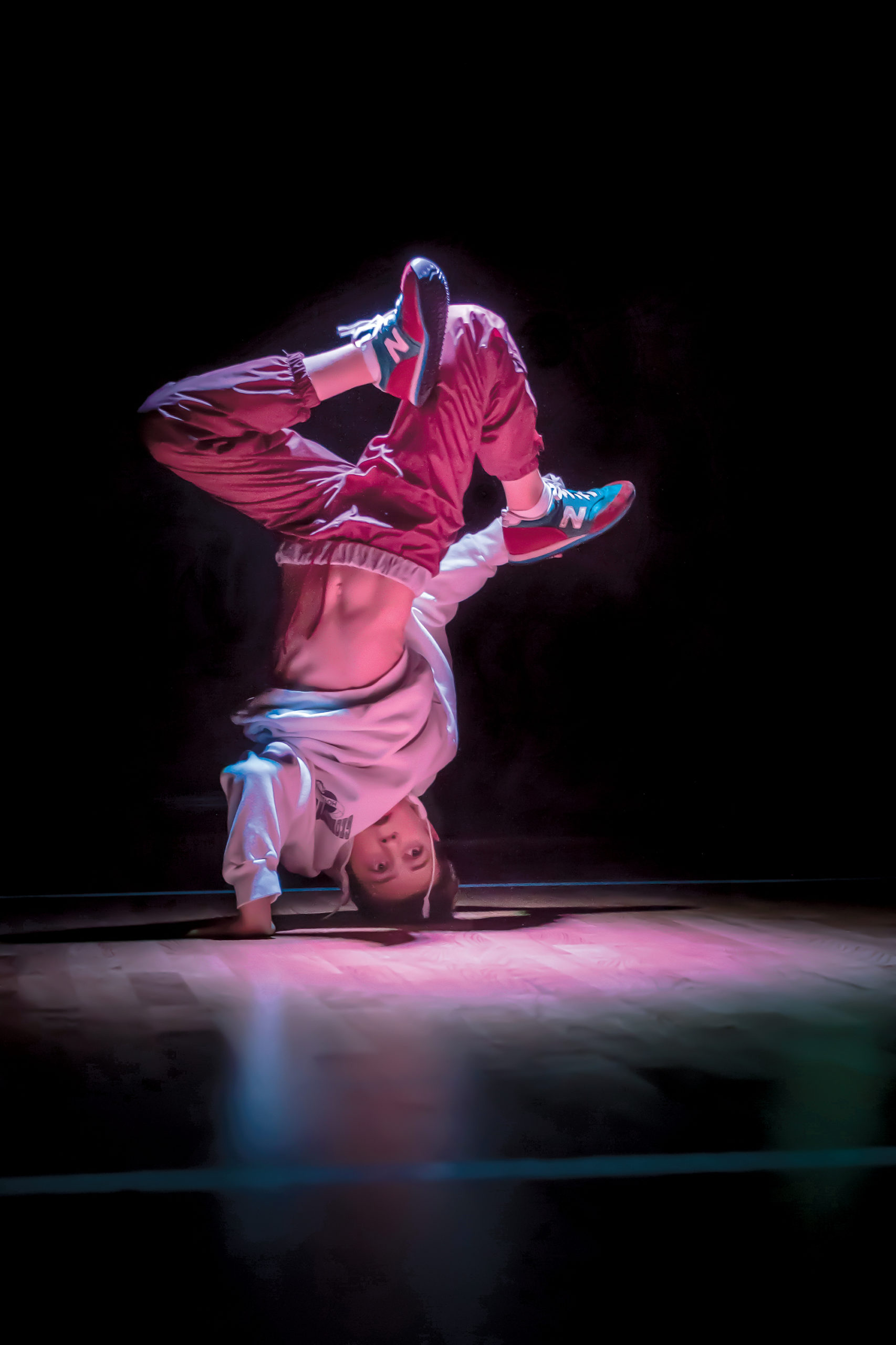
That’s where the Lab comes in. The school is the brainchild of a breakdancer named Antonio Castillo who—when not teaching tricky moves to eager kids—runs the Competitive Breakin’ League, an association of like-minded athletes who have worked to create an official framework for breaking as a sport, with belt rankings similar to those in martial arts. Castillo is also chairperson of the USA Breakin’ Committee, which will eventually assemble the US national team. (Castillo prefers the term “breaking ” to “breakdancing.”)
Of course, the idea of breaking as a counterpart to gymnastics and track has met with some skepticism. But Castillo believes it’s no different from any other competitive endeavor. “Everybody was saying, ‘You can’t say it’s a sport,’ ” he recalls. “[But we have] rules and regulations and scoring systems. You think the Olympics are going to do a street battle where people are grabbing groins? This is a sport.”
A low-key guy whose fashion sense tends toward exercise gear, Castillo opened the Lab in 2012, taking over an empty space that he outfitted with studio mirrors and a large graffiti-style logo. From the start, he had big ambitions for the place. Born in Colonia Madero, Mexico, Castillo got into dancing after his cousins, visiting from the US, showed him a few moves, then left behind a Michael Jackson cassette for him to practice to. When his family relocated to Northern Virginia in 1991, Castillo found himself getting serious about what had previously been a more casual interest. Shy and insecure about his second-language English skills, he gravitated toward a local community center where kids met to work on their moves. “I was this weird foreigner,” Castillo says. “When I started dancing, it empowered me. I was small, but it didn’t matter; I was the best dancer in our whole school. Everyone knew me for that. It gave me a sense of power.”
As an adult, Castillo left breaking behind, embarking on a career as a real-estate agent. But after that work grew scarce in the wake of the 2008 financial crisis, he found himself struggling. Out of work, he had to move in with his sister. One day he was exercising near the community center where he had danced as a kid, trying out some of his old moves. The director of the center happened to walk by and asked if he might want to teach a class. “I thought, ‘Yeah, sure, why not?’ ” Castillo says. “That gave me my start to build what I’m doing today.”
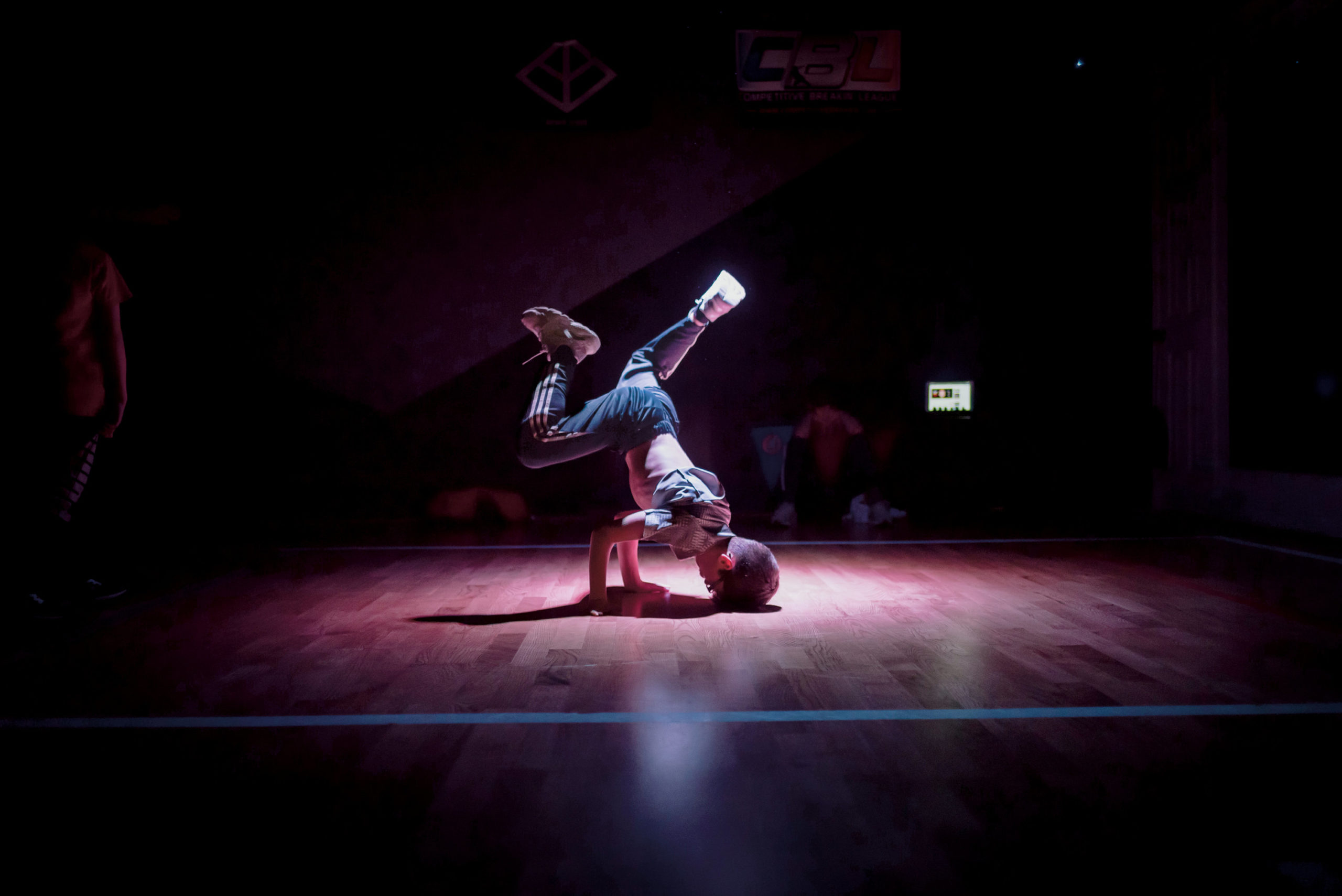
The class proved popular enough that it gave him the confidence to open the Takoma Park studio. Over a period of months, one student became three, then five, and momentum built until he had a full class. He began courting local middle and elementary schools, offering afterschool programs and summer camps. The idea caught on, and now the Lab has about 700 students.
At the center of this activity is a small band of serious competitors, called the Lab Status Crew. Made up of about six dancers, these talented kids—all under age 15—travel to meets that resemble martial-arts events. Some also could be in the running for the Olympic team.
That’s still a long way off. But to Castillo, breaking is only going to get more popular as the Olympics approach, and he’s planning to be right in the middle of it. Could this young sport one day be as big as, say, tae kwon do? If so, Castillo hopes to build the Lab into something of a b-boy empire. He’s certainly nailed hip-hop’s contagious confidence: “We’ll open 100 schools. You can’t stop the movement, no matter what anyone says. You can’t stop it, even if I died today.”
This article appears in the December 2019 issue of Washingtonian.

